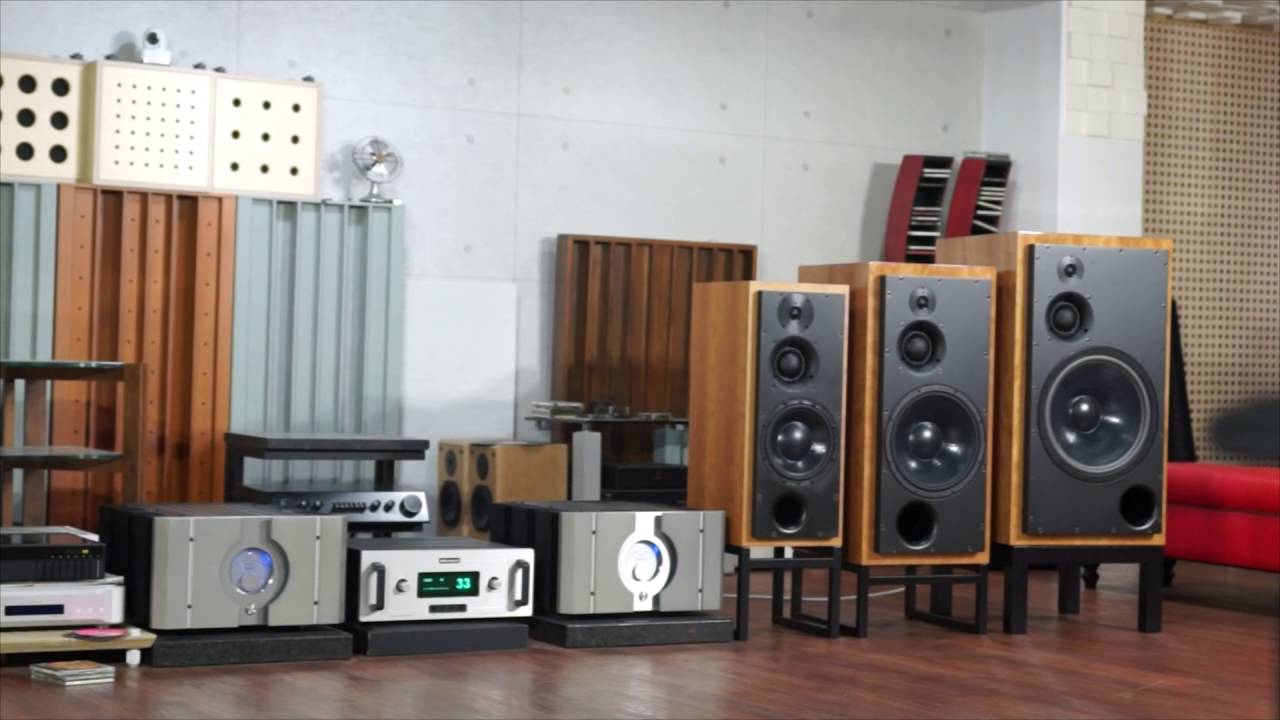radamel
Music Fiend
I’m of the mindset that frequency response actually tell you comparatively little about whether a speaker is good or not. The human ear is just not that sensitive to a db or three here and there, but we really can hear timing or phase issues.
I couldn't agree more.










